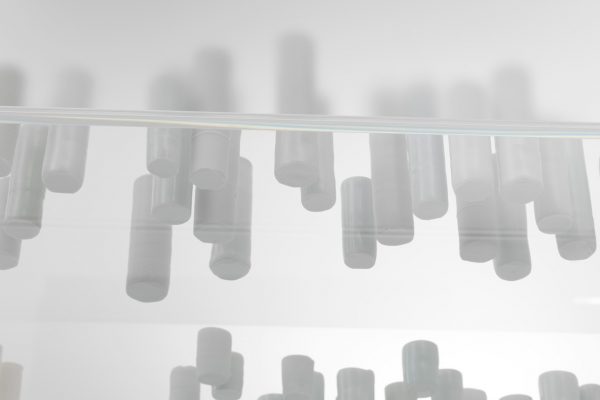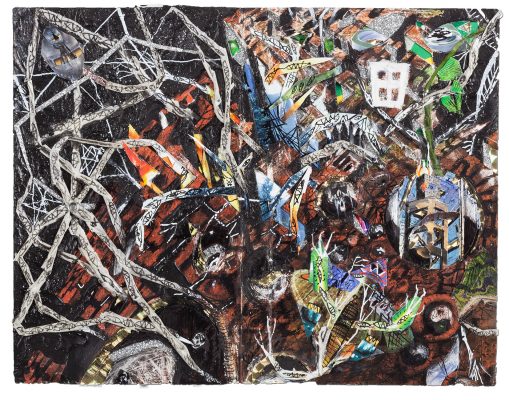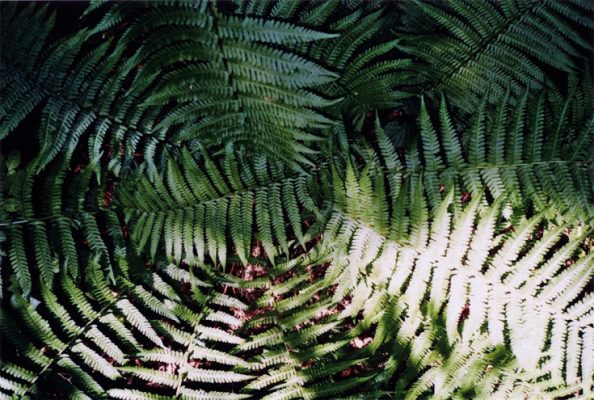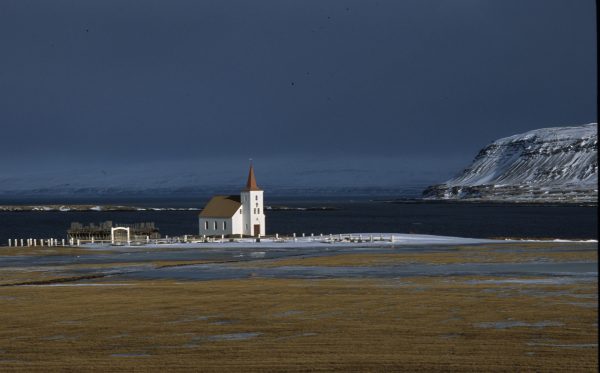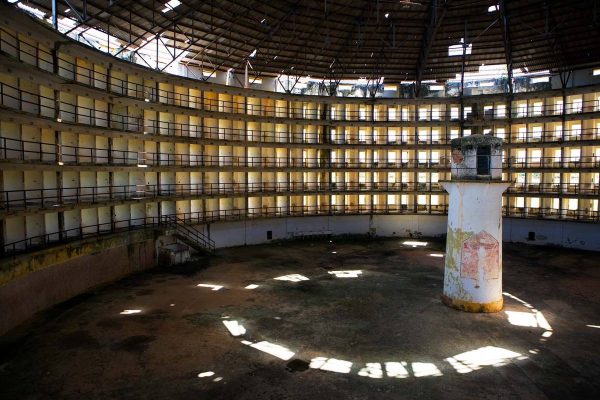As we speak, Edmund de Waal, ceramicist and writer, moves his palms continually over the surface of the trestle table in his studio. he makes wide, flat waves in circular motions, as though he were smoothing it or wiping it clean.
At times his hands curl into knots that knead the top of the wood. he is certainly emphatic – and there are tensions behind much of what he says; he is both strained by and earnest in his desire to make people actively ‘look’ at, not merely ‘see’ his work.
The publication in 2010 of The Hare with Amber Eyes – his family memoir tracing the collection of 264 netsuke from fin-de-siècle Paris to the Palais Ephrussi in Vienna to Tokyo – propelled de Waal into the public eye. his renown as an artist is quieter though no less prestigious – he was appointed a Trustee of the V&A Museum and awarded an OBE for his services to art in 2011, and made a senior fellow at the Royal College of Art in June 2012. He has recently delivered lectures, participated in a panel discussion with Simon Schama and attended a screening of a film that documents the last year in his studio. De Waal insists that against all this activity and public engagement, his main sense of purpose derives from simply ‘making things’.
De Waal has been making things since a pottery apprenticeship in 1981 with his tutor, Geoffrey Whiting, a pupil of the school of Bernard Leach. His education in ceramics continued in Japan and while his aesthetic remains sublimely simple, he has begun to create works with a more visible presence in the art world – such as Signs & Wonders, a permanent piece installed in the atrium of the V&A in 2009. Forty metres above the entrance, 450 monochrome ceramics sit on a red lacquer shelf that runs the circumference of the ceiling dome, arranged in rhythmical groupings; each inspired by one of the museum’s major ceramics collections. Of the work, de Waal says, ‘It’s not modest, but it’s different.’
After we talk, he will visit his recent gallery show, A Thousand Hours, at the Alan Cristea Gallery, for the last time before it closes. he has recently installed his first piece of public sculpture, a local history, at the new Alison Richard Building at the University of Cambridge. Future projects include an exhibition with the Chinese porcelain collections at the Fitzwilliam Museum in February 2013, more gallery shows and, of course, a new book.
